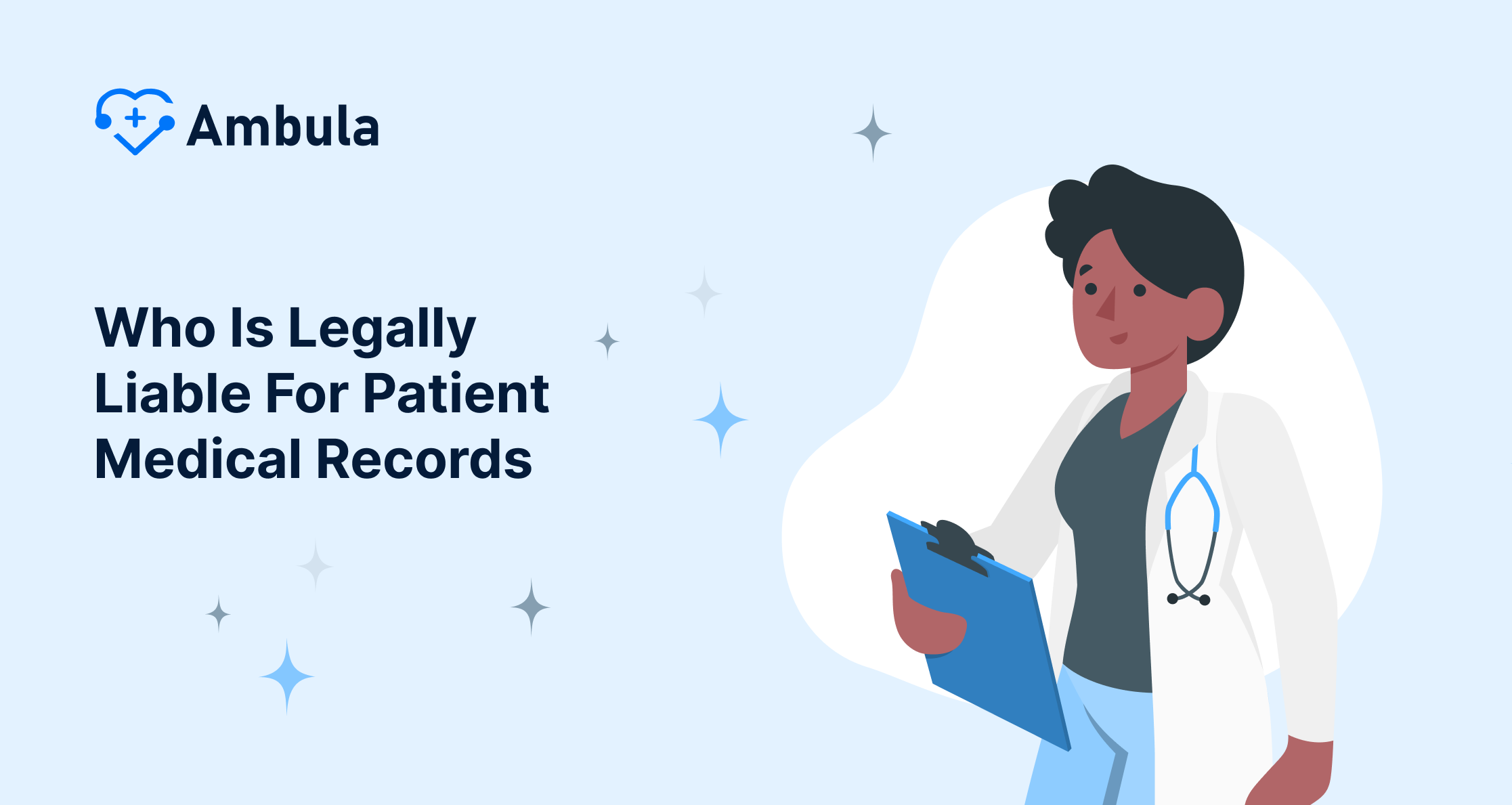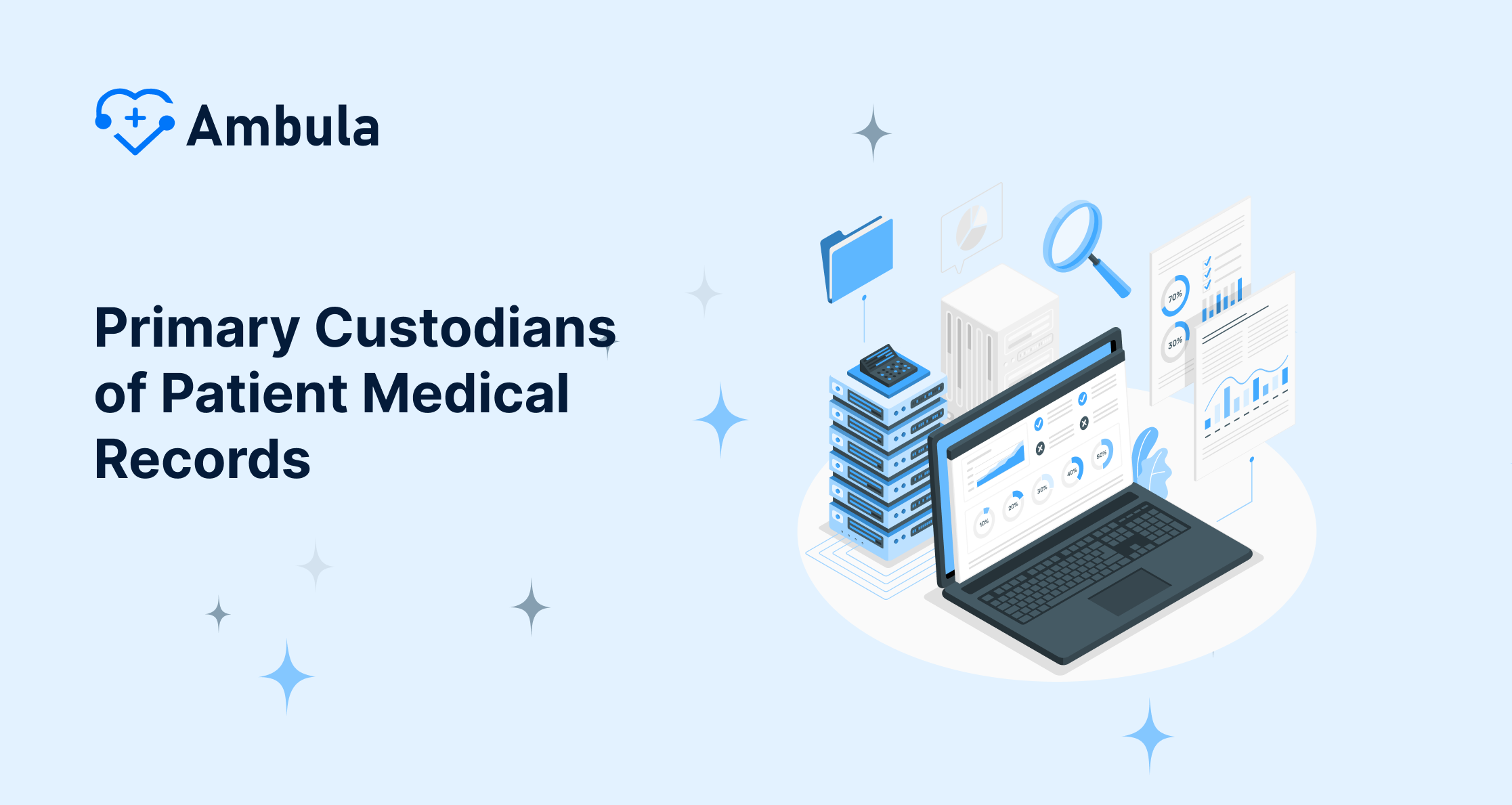
In the healthcare world, we can’t just ignore patient medical records. These documents keep track of a person’s health past, sicknesses, treatments, and other key details. But there can be some real head-scratchers when it comes to the legal stuff around these records. Like, who’s got to look after and take care of patient medical records? And who “owns” the patient’s medical record, plus who gets to claim the rights to healthcare records? We’re gonna dive into the important parts of who owns medical records in this blog post. We’ll point out who’s in charge, get the gist of the laws for medical records, and talk about times when someone might be on the hook.
Definition of Medical Records
The patient’s chart, sometimes called the medical chart, is a detailed document tracking a patient’s health facts and their meet-ups with those in healthcare. Inside these records, you’ll find personal stuff, results from medical tests, what the doctor found, the plan for treatment, and any medications needed. They’re super important for doctors, nurses, and others to make the best choices about how to take care of the patient and make sure the care keeps going smoothly. Whether they’re on paper or in a computer, these records can look different depending on how each hospital rolls.
Primary Custodians of Patient Medical Records
Maintaining and safeguarding medical records primarily falls on healthcare providers and facilities. This responsibility becomes even more critical in sensitive areas like mental health, where confidentiality and precision in documentation are essential. Implementing a specialized psychiatry EMR system can help mental health professionals uphold strict privacy standards while efficiently managing detailed patient records.
Medical Records Legal Basics
Loads of rules, like the big-time federal rules and those state ones, work to keep patient medical records safe and sound. The standout rule is the Health Insurance Portability and Accountability Act known as HIPAA. This big deal of law sets the bar for keeping patient info private, secure, and hush-hush, and it spells out what folks handling medical records should do to keep things up and up. HIPAA is all about making sure you get the patient’s okay before you go blabbing their info and telling you how to keep and toss records the right way. Plus, HIPAA sorts out who gets to call the medical records theirs. Even though patients can peek at their records, it’s the doctors or the places where they were treated who own them.
Everyone Shares the Blame and Has Got to Do Their Part
Keeping patient medical records safe and up-to-date is a big deal in healthcare management. Folks from different parts of a health organization need to work together, like doctors, nurses, office workers, and IT experts. Everyone has a super important part to play in handling these records correctly. So like, doctors gotta be spot-on when they jot down what’s wrong with a patient, their treatment stuff, and how they’re doing. Nurses have to make sure all the test scores and the medications the patient gets are in the chart. The office team manages how long records are kept, fetching them when needed and sharing info when it’s okay. And the IT crew? They’ve got to keep all the digital health records safe and sound.
Healthcare groups spread the job of looking after medical records to lower mistakes or mishaps and avoid legal trouble. It’s super important for everyone involved to work together and talk to each other to keep medical info correct, detailed, and secret. Giving people the lowdown on the best ways to keep records through ongoing learning helps spread accountability. This makes sure everybody knows what they have to do when it comes to keeping a patient’s record straight.
Shared Liability and Responsibility
Shared liability and responsibility for patient medical records are essential to healthcare management. The management and upkeep of the health record involve the collaboration of multiple parties within a healthcare organization, including physicians, nurses, administrative staff, and IT professionals. Each individual plays a crucial role in creating, maintaining, and protecting these records to ensure proper record management. For instance, physicians are responsible for accurately documenting diagnoses, treatment plans, and progress notes, while nurses ensure that test results and medication administration are properly recorded in the patient’s chart. Administrative staff handles record retention, retrieval, and release of information, while IT professionals ensure the security and integrity of electronic health records.
Maintaining accurate medical records, upholding patient confidentiality, and complying with legal regulations are fundamental responsibilities in healthcare. Shared liability ensures that all parties in managing medical records work collectively to fulfill these obligations, reducing the risk of legal consequences and promoting patient safety and trust.
Conclusion
Patient medical records are critical components of healthcare delivery, aiding in accurate diagnosis, effective treatment, and improved patient outcomes. While healthcare providers and facilities act as custodians of these records, the responsibility for their proper management is shared throughout the organization. The legal framework, primarily guided by laws like HIPAA, emphasizes the importance of privacy, security, and confidentiality. By understanding the legal obligations and adhering to best practices, healthcare providers can fulfill their commitment to protecting patient information and minimize the potential for legal liability.






